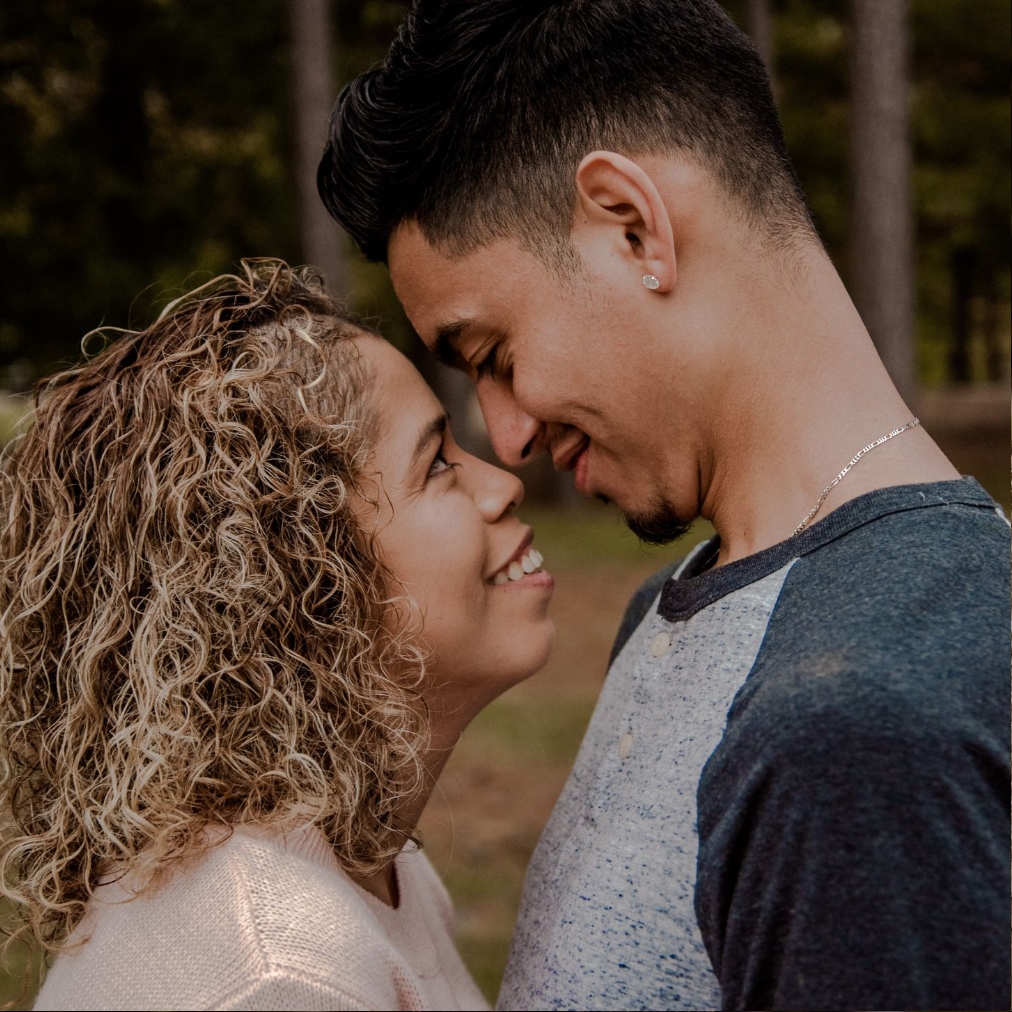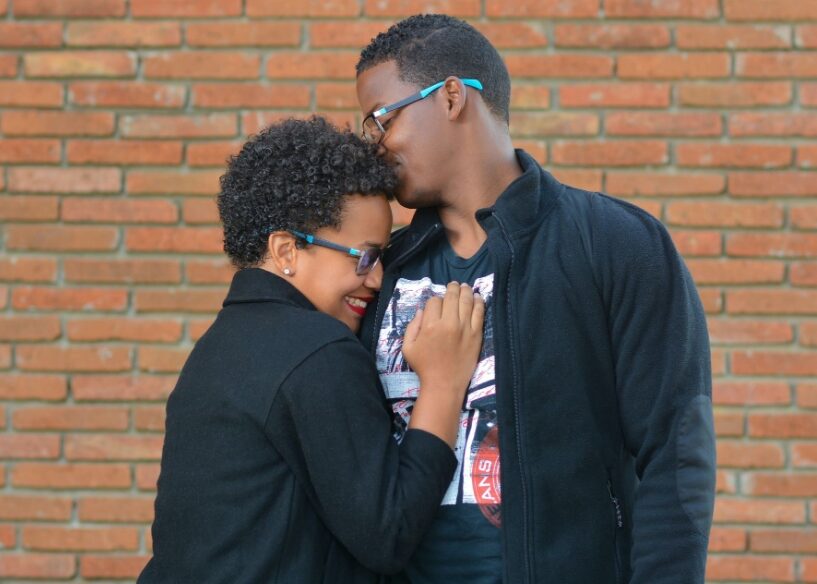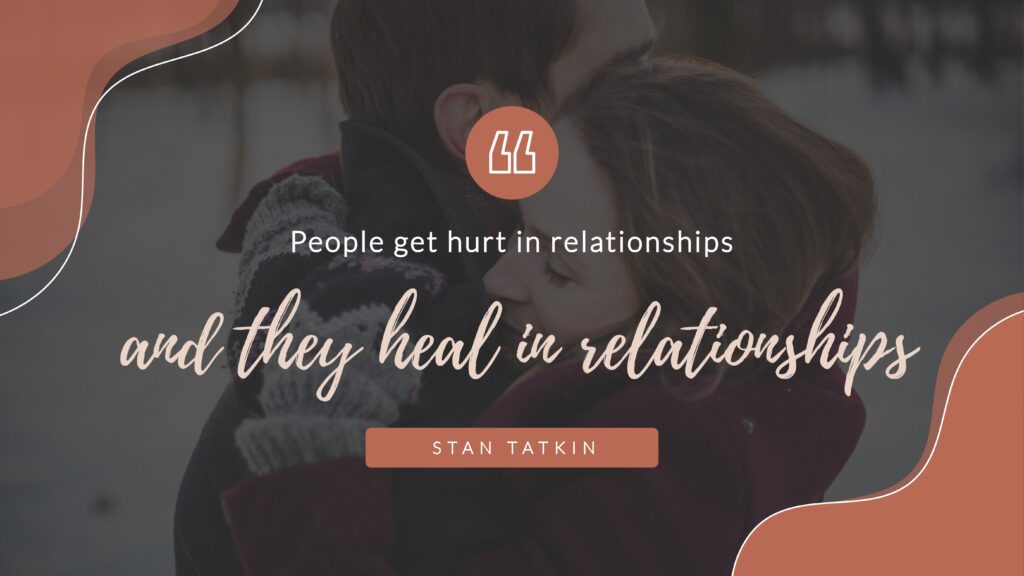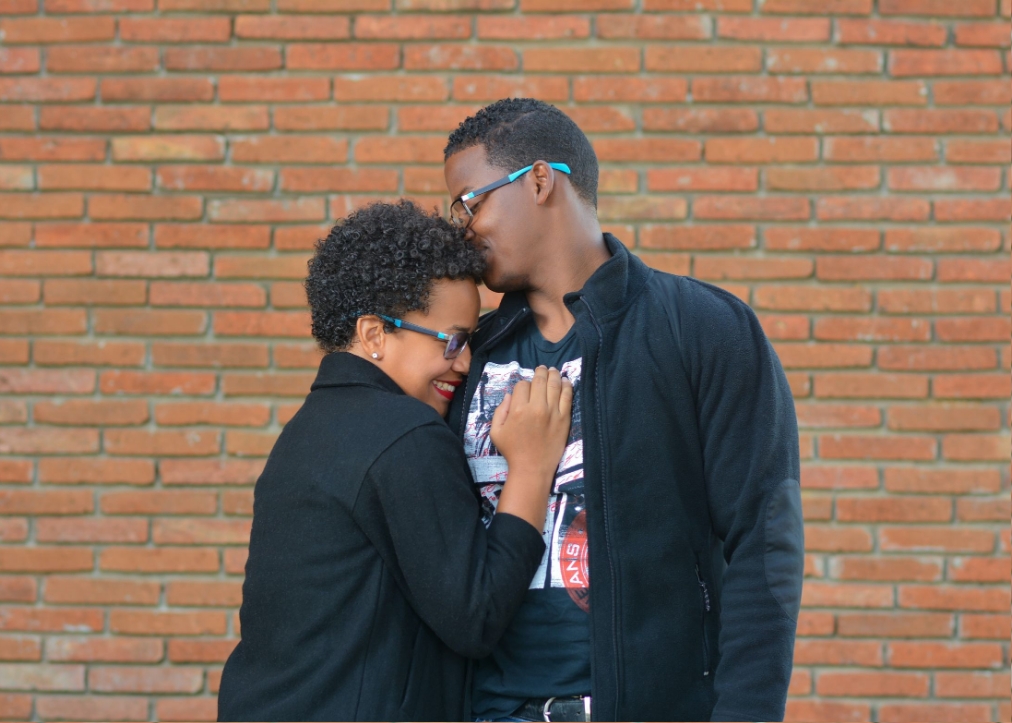It may come as a relief to know that yes, you can absolutely change your attachment style. Unlike personality, attachment style is fluid: it changes for the better or for the worse depending on what kinds of relationships you’re in. Since it’s not set in stone, you can heal an anxious, avoidant, or disorganized attachment style by following the tips I’ve outlined below.

1. Get into relationship with someone secure.
The easiest way to change your attachment style is to get into a relationship with someone who is secure. I know, easier said than done! But it’s absolutely one of the best ways. Someone who acts securely in relationship returns your phone calls. They know how to support you when you bring something to them that you’re upset about, they are able to hear you, and they want to work on it with you. They are ok with expressing appreciation, and know how to create connection and spend quality time with you. People who are securely attached like to be in relationships, so when you have that experience of someone who shows up for you and likes being in relationship and is there consistently, your anxious attachment style can ease and you learn to rewire yourself toward healthy attachment. If you want more information on how to get into a relationship with someone who is secure, check out my other articles about how to date someone who is a securely attached person. Also, what questions to ask if you are looking for someone secure. And while you’re working on finding this person, in the meantime you can surround yourself with friends who are securely attached.

2. Learn to recognize secure attachment.
In order to change your attachment style to be secure you will obviously need to understand and recognize secure relationships. You’ll need to learn about secure attachment so you’ll recognize it when you see it.
What do people look like when they are secure? How do securely attached couples interact with each other? What do friends do when they know how to be in a secure friendship? Ultimately, you want to be able to identify people who are secure and cultivate relationships with them. Another great way to recognize secure attachment is to see it in tv and movies. Finding couples who are securely attached in the media is actually harder than you might thing, but you can make a game out of it!

3. Do attachment-based EMDR.
As Stan Tatkin said, “We are hurt in relationship, and we are healed in relationship” This is why therapy can be so effective: a therapeutic relationship can support you in understanding what healthy relationships look like. EMDR therapy is highly effective in treating trauma, and attachment-based EMDR therapy can be particularly helpful in addressing attachment-based trauma. With attachment-based trauma, your templates and belief systems are wired around something that is unhealthy, and EMDR can help you process and move forward. Click here to learn about how EMDR works.
4. Understand and avoid your attachment pitfalls.
Each attachment style has pitfalls in relationship. You might be clingy or needy in relationship, or you might overwhelm your partner with how your emotions are disregulated. You may disappear inside of conflict, lack follow through, or not be able to communicate what’s happening for you emotionally. In order to change your attachment style, you need to understand your specific attachment style’s pitfalls so you can interrupt these pitfalls by creating boundaries and cultivating behaviors that contrast them.
For example, if you experience anxious attachment and often feel needy, you could set a boundary where you only text the person you’re in relationship with once a day, or if you’re waiting for them to respond to your text, you could set a boundary of waiting two hours before you text them again. These boundaries limit your urge to reach out to someone when they’re not coming back towards you, and while you’re in those waiting periods you do something to tend to your nervous system like going for a walk or taking a bath, or some other activity that soothes you so you don’t reach out to someone who isn’t reciprocating.
5. Create secure-based habits.
Moving forward, you will want to create habits that bring you closer to secure attachment. Initiate contact with people who reciprocate. Notice the secure people around you and nourish those relationships.

I know it can be challenging, but act like someone who is secure about relationships. In order to do this, you obviously need to learn how securely attached people behave in relationships. Once you understand how securely attached people behave in relationship, visualize yourself being secure, and communicating the way securely attached people communicate.
Proactively create boundaries like the ones that securely attached people have.
Changing your attachment style can take a lot of perseverance, but it is totally possible and worth the work. It not only improves your relationships, but it also helps you feel better about life in general. You can feel more balanced and more confident about yourself, and have a general feeling of being okay more often.





